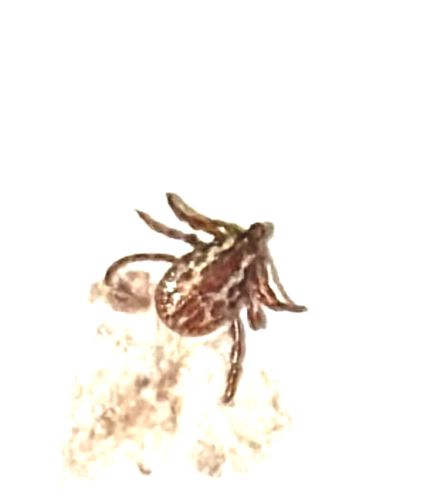American Dog Tick
Scientific Name: Dermacentor variabilis
Order & Family: Order: Ixodida (Ticks and mites), Family: Ixodidae (Hard ticks)
Size: Unfed adults typically range from 3-5 mm (0.12-0.2 inches) in length. Engorged females can swell up to 15 mm (0.6 inches) in length.

Natural Habitat
Typically found in grassy areas, woodlands, and areas with tall grass and brush. Common habitats include fields, forests, trails, and urban/suburban parks.
Diet & Feeding
Blood of mammals; larvae and nymphs feed on small rodents, while adults feed on larger mammals, including dogs, cats, cattle, various wildlife, and humans.
Behavior Patterns
American dog ticks undergo four life stages: egg, larva, nymph, and adult. They require a blood meal at each active stage (larva, nymph, and adult) to molt to the next stage or reproduce. Larvae and nymphs typically feed on small mammals, while adults prefer larger mammals such as dogs, cattle, and humans. They are ambush predators, often found questing on vegetation, waiting for a host to pass by.
Risks & Benefits
Potential risks: Known to transmit diseases to humans and animals, including Rocky Mountain spotted fever and tularemia. Tick bites can also cause localized irritation and allergic reactions. No known direct benefits to humans, but as part of the ecosystem, they are a food source for some animals.
Identified on: 8/12/2025